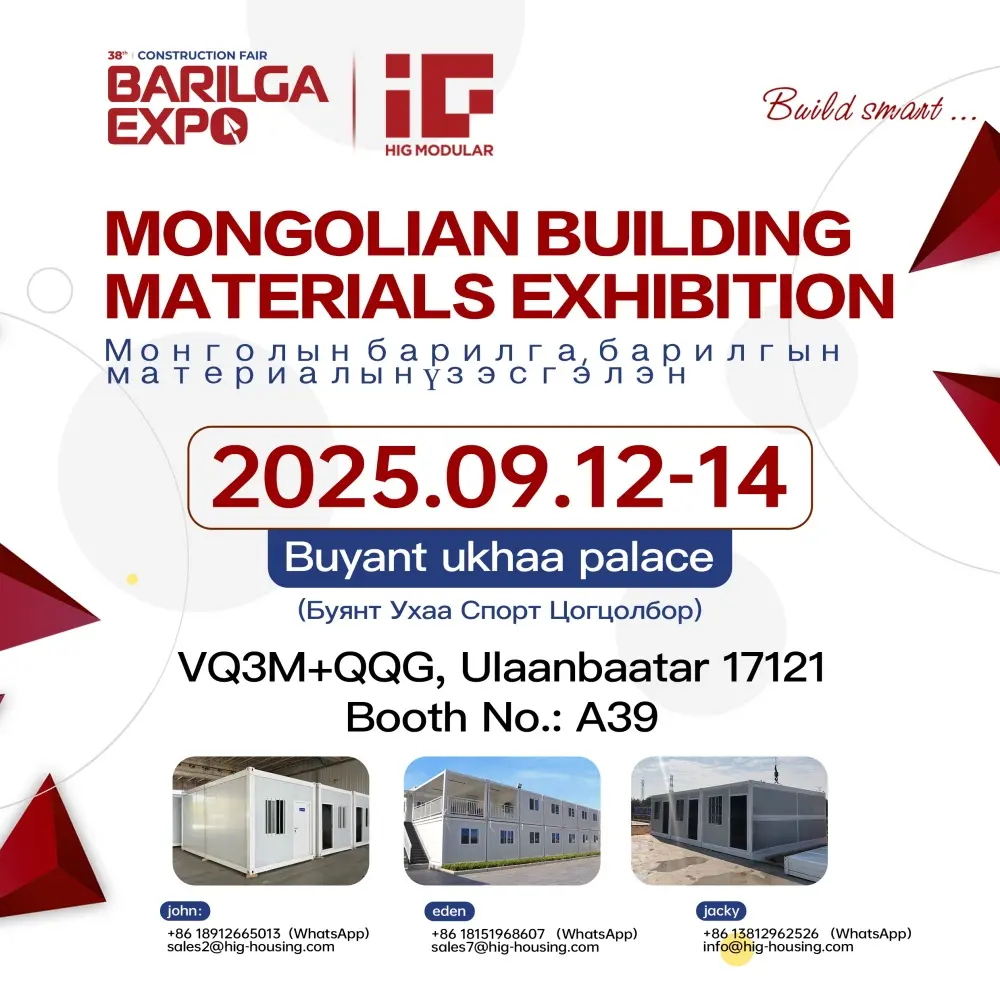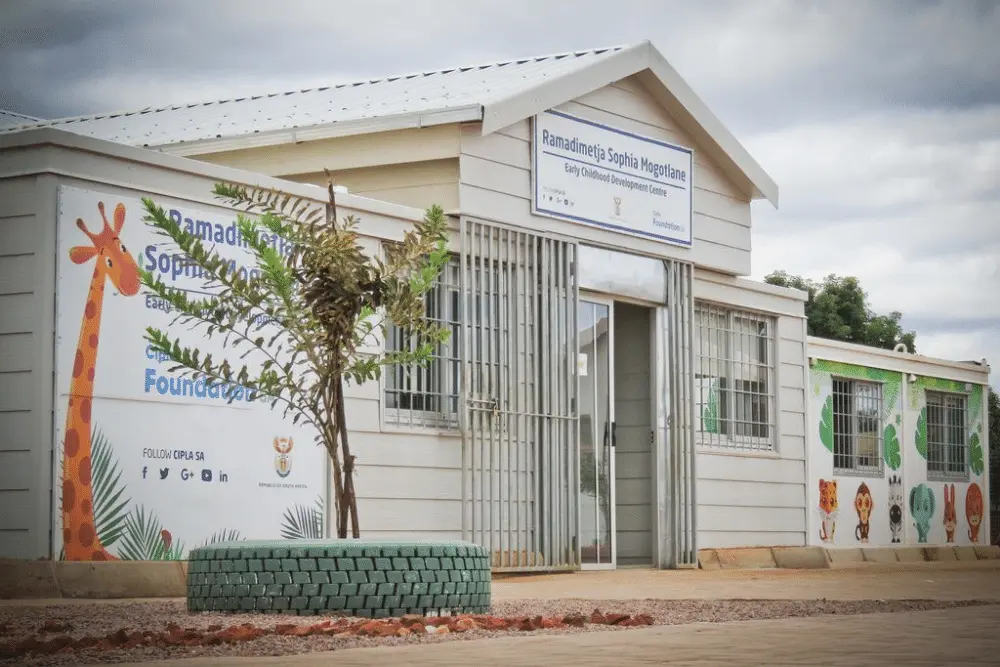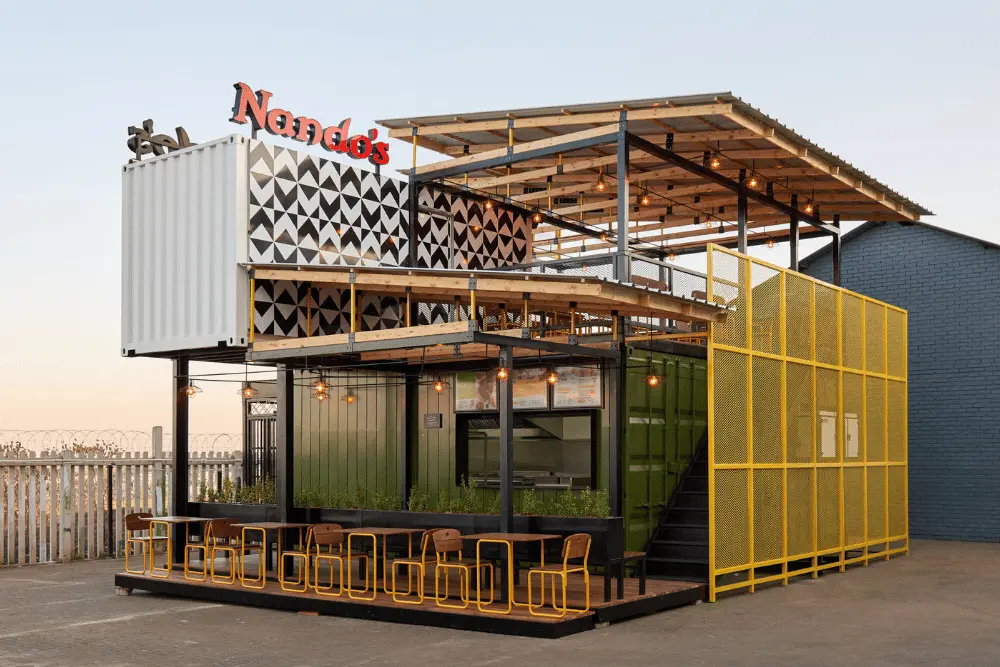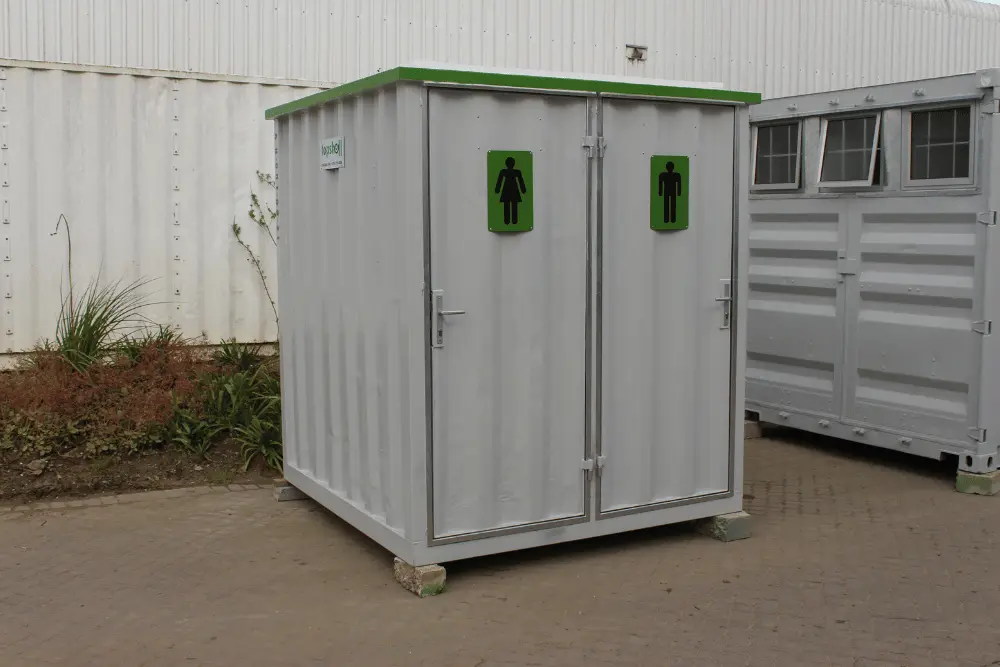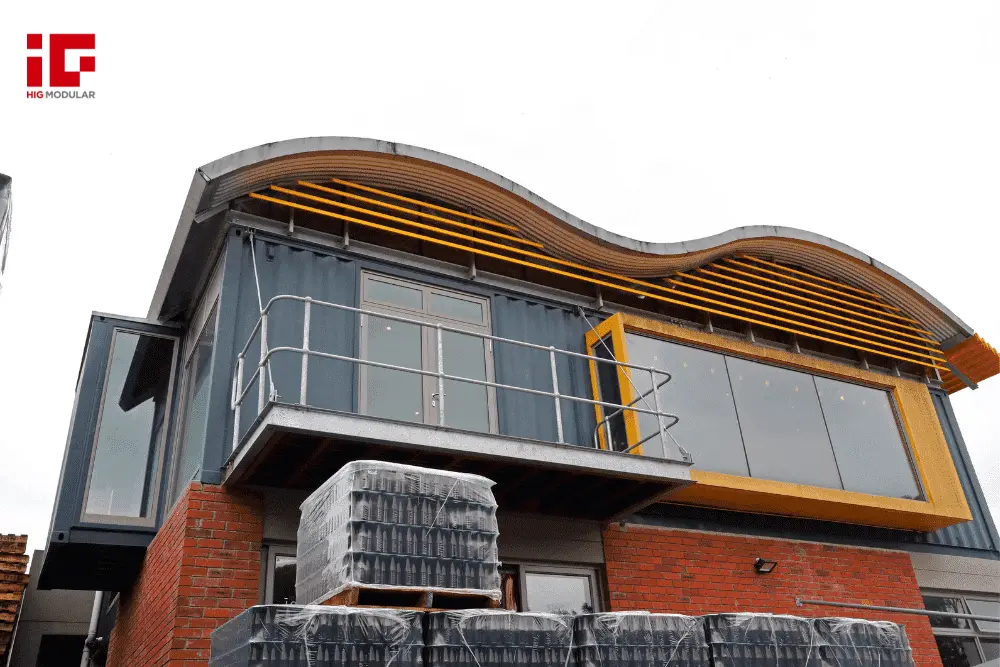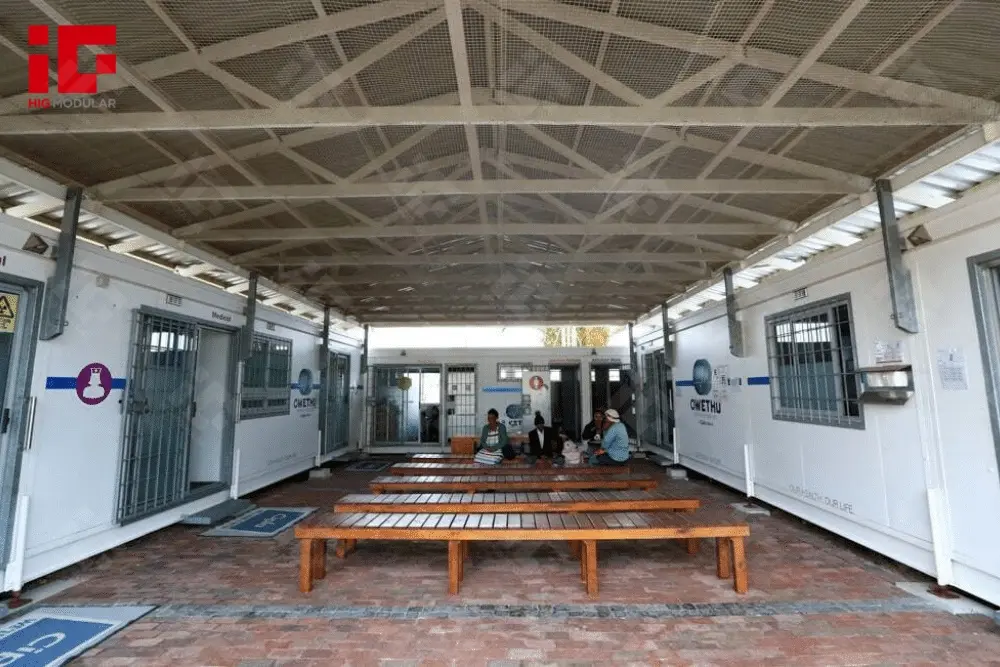News Categories
Featured News
0102030405
The New Building Revolution: How Container and Light Steel Structures Are Shaping Tomorrow’s Living Spaces
2025-08-26
Across continents, a quiet revolution is unfolding: Container Homes and light steel structures are reimagining shelter. Driven by climate urgency, technological leaps, and a demand for accessible housing, these modular systems are not just replacing concrete—they’re redefining what it means to live sustainably, affordably, and creatively. From urban micro-communities to rural eco-retreats, their impact extends far beyond construction, reshaping societies and ecosystems.
Material Innovation and the Circular Economy
At the heart of this revolution is a radical rethinking of materials. Shipping containers, once bound for scrapyards, now form homes, offices, and hotels. Each repurposed container saves 2.5 tons of steel from landfills, while light steel framing—crafted from recycled steel and designed for end-of-life recycling—embodies a closed-loop system.
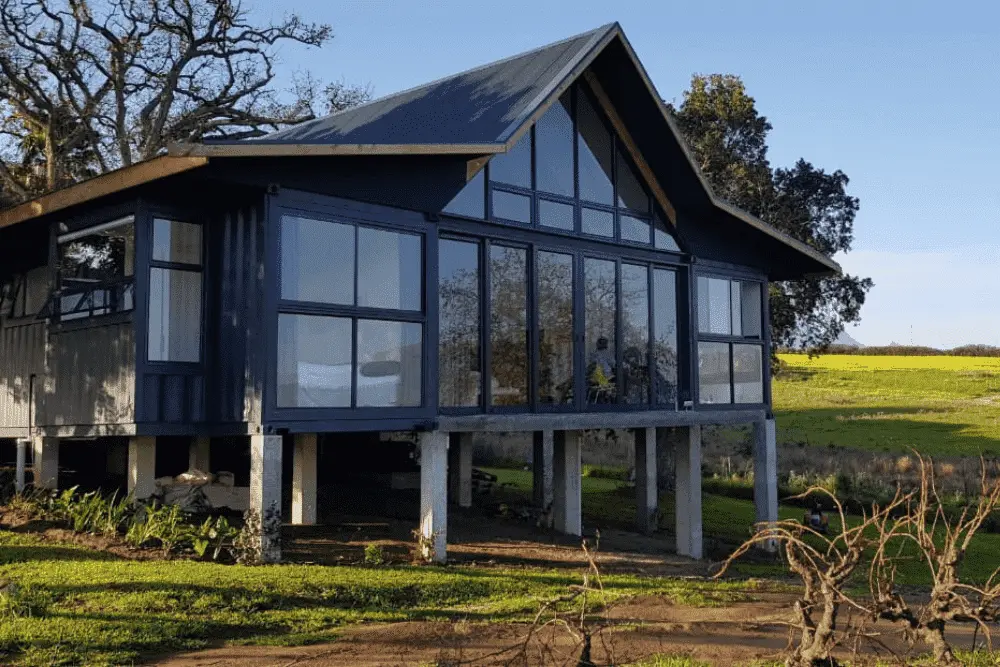
The environmental benefits are staggering: container homes cut embodied carbon by 60% versus concrete, and light steel’s recyclability minimizes waste. As the world pursues net-zero goals, these systems prove that sustainability and affordability are not mutually exclusive—they’re foundational to a circular economy.
Prefabrication and Technological Integration
Prefabrication is the engine of efficiency. In factories, containers are insulated and fitted with utilities, while light steel frames are precision-engineered. Off-site production eliminates weather delays, reduces on-site waste by 50–70%, and slashes labor costs. When transported, components assemble like LEGO bricks—fast, clean, and predictable.
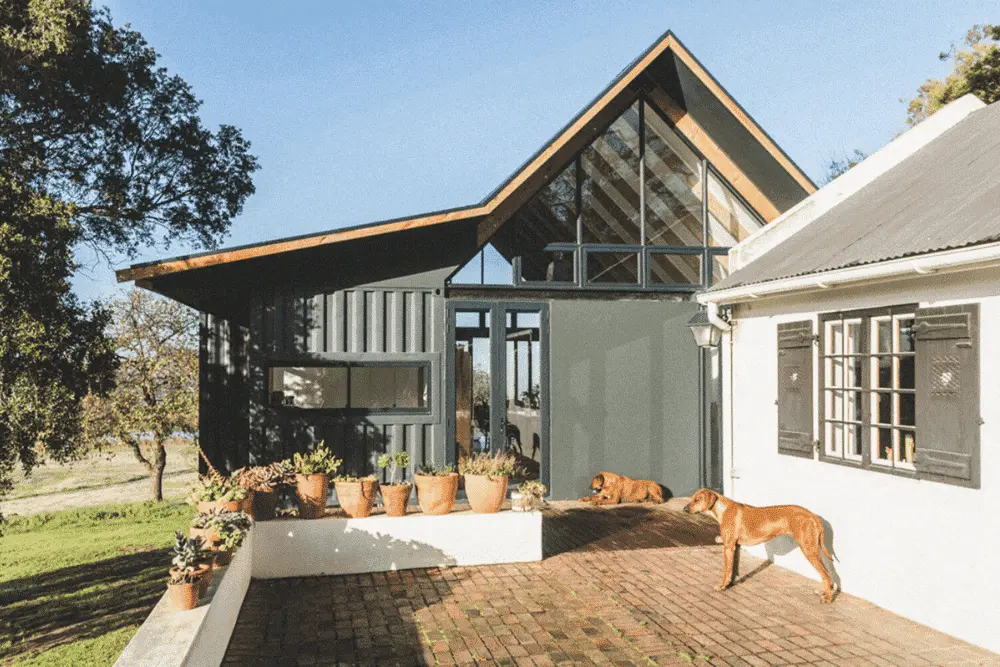
Technology supercharges this process. Building Information Modeling (BIM) software tests designs virtually, while augmented reality (AR) tools visualize installations, reducing errors. Even delivery is optimized: containers stack on trucks, and light steel components are compact, cutting transport emissions. A 2,000-square-foot home can be designed in weeks, fabricated in months, and occupied in half the time of concrete builds—transformative for housing shortages.
Addressing Global Housing Challenges
The most profound impact lies in tackling housing inequality. In developing nations, container homes cost $10,000–$30,000—far less than concrete. Light steel framing enables rapid deployment of schools, clinics, and emergency shelters in disaster zones. Even in developed cities like San Francisco, container-light steel micro-apartments offer dignified, affordable living.
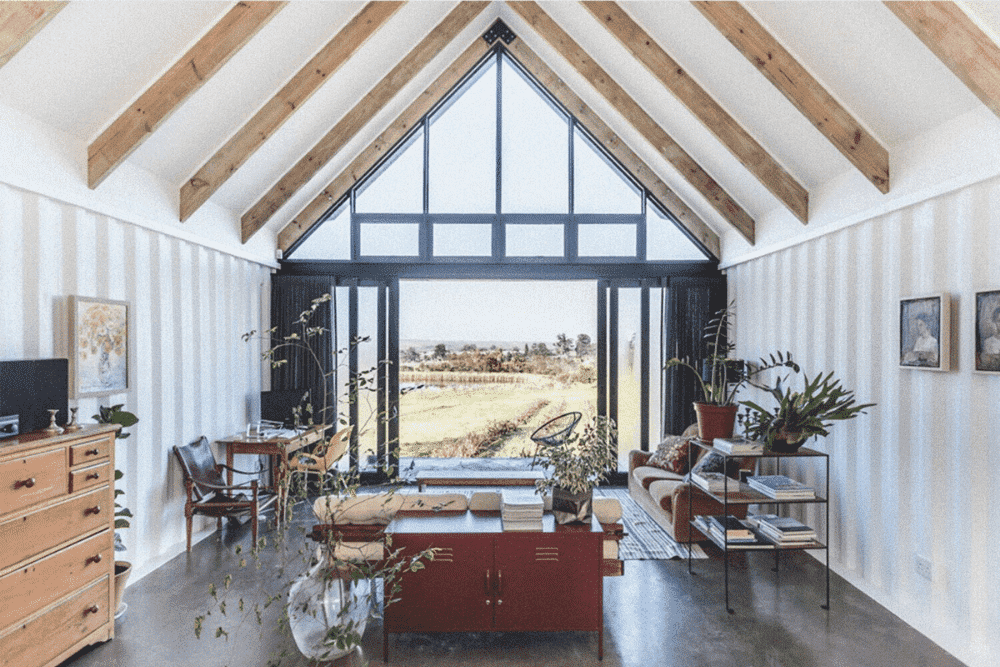
Their modularity allows adaptive reuse: a container home becomes a studio, office, or community center. For low-income families and homeless populations, these structures are a bridge to stability—a testament to how innovation can serve humanity.
Smart and Sustainable Living Environments
Container and light steel homes are gateways to smart living. Modular design integrates green tech seamlessly: solar panels on light steel roofs, recycled insulation in containers, and smart home systems prewired into frames. Certifications like LEED and Passive House are within reach, with net-zero energy use achievable through airtight envelopes and renewable integration.
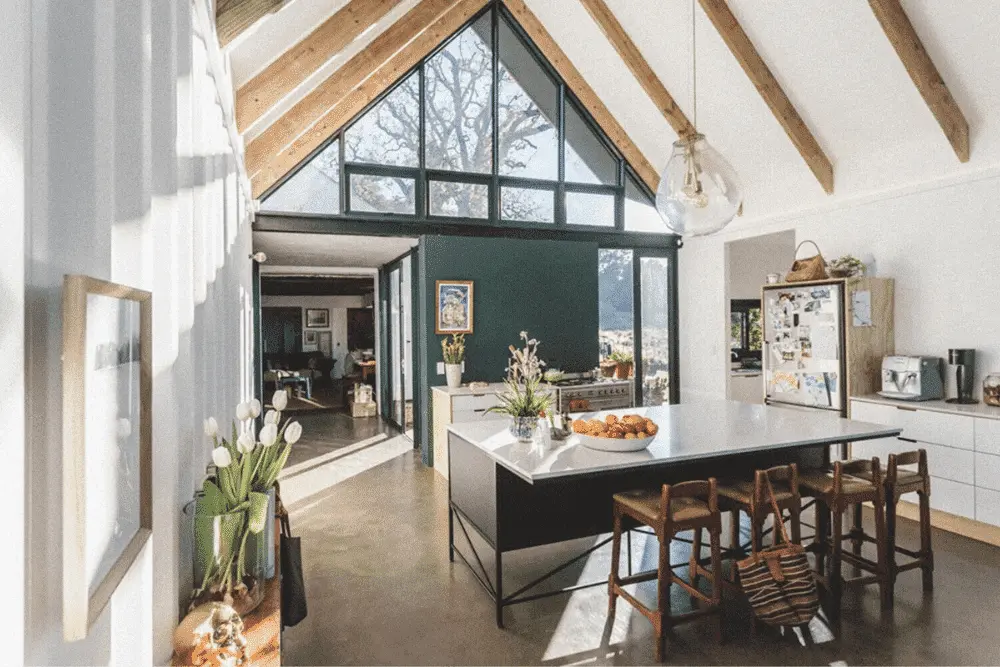
In extreme climates, insulated containers and airtight light steel frames create comfortable interiors, reducing reliance on heating/cooling. These homes blend comfort, cost savings, and environmental stewardship—future-proofing living spaces for a changing planet.
Architectural Expression and Community Building
Gone are the days of “cookie-cutter” Modular Homes. Today’s designs are avant-garde: cantilevered container bedrooms, light steel-framed glass atriums, and multi-story homes with green walls. The industrial aesthetic of containers paired with light steel’s sleek lines creates modern, edgy spaces that appeal to design enthusiasts.
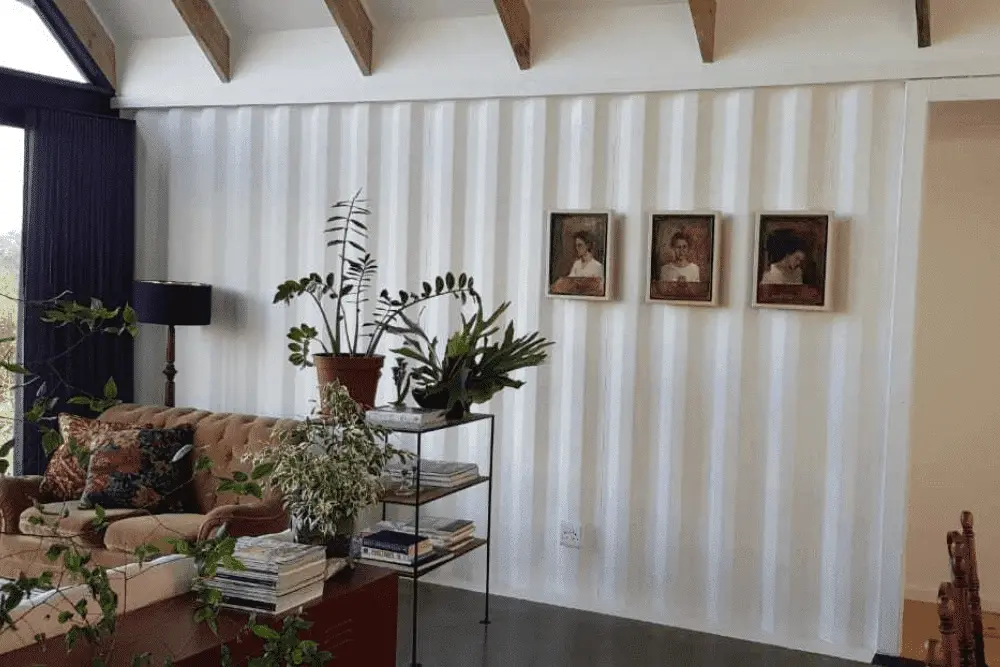
These structures also foster community. Urban complexes include shared courtyards and co-working spaces (framed in light steel), while rural eco-villages cluster containers with modular farms. For individuals, modularity means personalization: mix containers and steel extensions, choose custom finishes, or relocate homes—flexibility impossible with concrete.
Anticipating Future Trends and Challenges
The future holds exciting possibilities: 3D-printed steel components, AI-driven design, and floating container communities to combat sea-level rise. Off-grid living will advance with better battery tech, making self-sufficient homes commonplace.
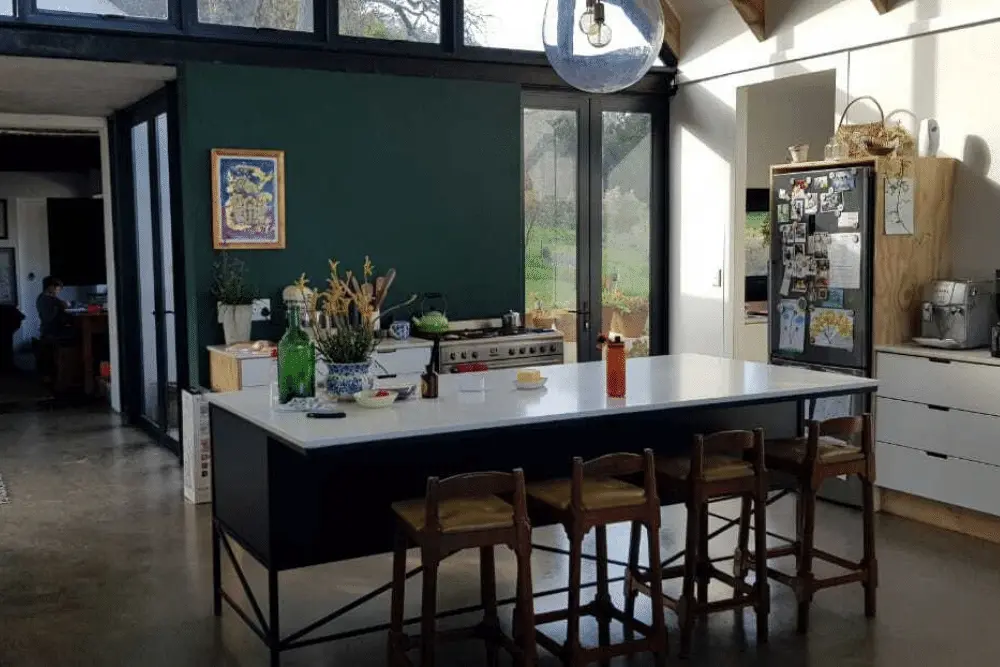
But challenges remain: outdated building codes, public stigma around “prefab” homes, and balancing standardization with customization. Governments must update regulations and incentivize sustainable construction, while industry advocates showcase these structures’ quality.
Conclusion
Container and light steel structures are not just buildings—they’re a blueprint for a more sustainable, equitable world. They prove that innovation can address climate change, housing inequality, and design aspirations simultaneously. As they transform skylines and communities, they herald a future where shelter is accessible, adaptive, and beautiful. The modular revolution is here—and it’s shaping tomorrow, one container and steel beam at a time.

